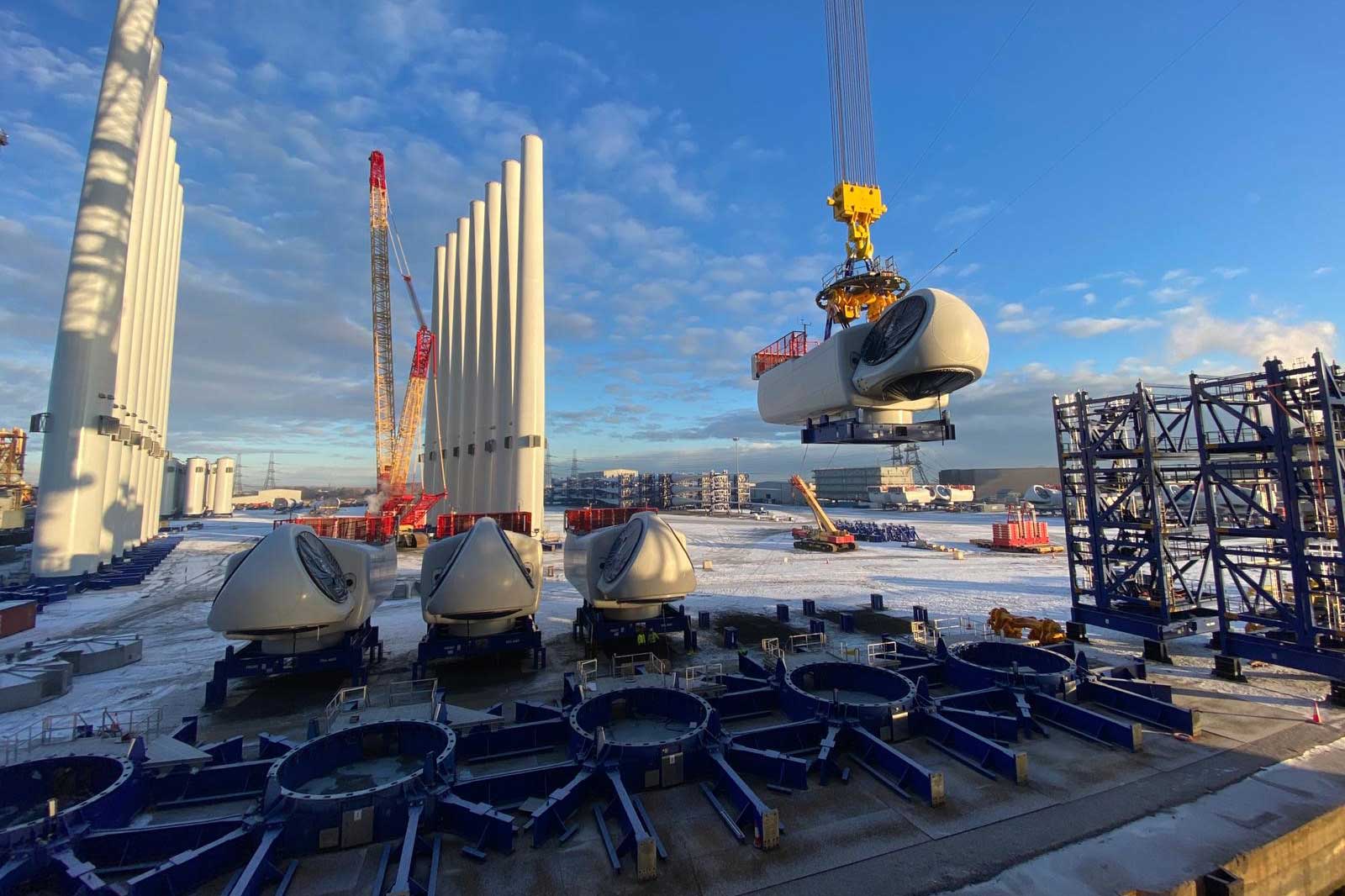



Philippa Powell, Celtic Sea Project Lead at RWE, explains how collaboration with ports, supply chains, and local communities in Wales and the South West of England is unlocking an incredible source of knowledge and driving innovative and faster solutions for commercial scale deployment of floating wind in the Celtic Sea.
Over the last few years, we have witnessed a burgeoning growth in interest towards floating wind deployment off the coast of South Wales and the South West of England.
The Region’s future as a hub for innovative renewable energy and driving decarbonisation is being embraced by critical industry, ports, technology and supply chain.
Knowledge of employment opportunities presented by the rollout of floating offshore wind is starting to trickle through to schools, colleges, and universities – although more needs to be done in this area to truly understand the skills and jobs that will be created in this space and how the industry will help educational establishments to respond.

To reach industrialisation of floating wind structures and deployment of commercial scale projects in the near term requires collaboration and formation of new supply chain interfaces to drive meaningful technical knowledge exchange and create solutions. Floating wind is an emerging technology, so far only deployed at test and demonstration scale. Further, the Celtic Sea region has never before supported offshore wind, and so we will see both adaptation and evolution of existing supply chains together with the attraction of new supply chains to the region to fulfil the demand set by the industry.
As a result of a new and growing industry to the region, the infrastructure and skills will need to grow to support a long term sustainable development of the industry. Collaboration between industry leaders is essential so these can be developed in the most efficient and cost effective way. By building strong relationships with local government, community and education we can accelerate this process and ensure the benefits of floating offshore wind are maximised.


In floating wind, ports become more than just the interface between components and construction logistics; ports will become temporary construction compounds where floating structures are assembled and integrated with the tower, wind turbine generator and blades.
It is very likely that a degree of manufacturing and fabrication will also be undertaken at the port-side. Space will need to be provided on the quayside for the assembly of floating structures together with new methods of launching the structures into the water, together with wet storage of the floating structures before integration of the remaining major structural components.

At present, there are no ports in the world with the capability to support such activities on a commercial scale. This presents a unique opportunity for South Wales to become a global market leader in establishing ports with the capability to support deployment of floating wind.
RWE has established a Memorandum of Understanding (MOU) partnership agreement with both ABP Port Talbot and Port of Milford Haven Pembroke Dock, and is working closely with the two ports to co-design port capabilities, launch engineering feasibility and supply chain studies and support their investment bids. Other ports in the region can support the key deep water facilities by specialising in various capabilities, creating a rpobust multiport scenario. These specialisms could include anchor or mooring deployment, cable staging, logistics marshalling and so on.
Developing local talent will result in the skills we need to support the deployment of floating wind in the Celtic Sea whie providing well-paid, skilled jobs to the people living in surrounding communities.
These jobs will go far beyond project development roles, they will extend into the critical port and energy infrastructure, manufacturing, fabrication, assembly, logistics and planning. This is why collaboration across key industry players and education leaders is so important to RWE.
Developing skills, together with understanding what an integrated local supply chain could look like, is a key focus for RWE. It is essential that key industry partners collaborate to help build the workforce of the future.



Collaboration between supply chain partners is crucial so we can map the supply chain raw materials, processes and components to create floating structures with as much local content as is achievable.
Where proposed supply chain is not yet available, having a close relationship with technology owners and supply chain means we can source the most sustainable components ahead of time.
Our Co-Operation Agreement with TATA Steel UK epitomises this approach. Our regular technical workshops allow us to share with TATA our likely ‘shopping list’ of components (via technology owners) and processes in order to understand what can be made available for the industry.

There is considerable momentum behind floating wind development in the Celtic Sea accelerated by collaboration between ports, supply chains and people.
RWE is leading the way in unlocking the potential of floating wind by championing supply chains and skills.
By continuing to work closely with our partners in the region, we will be a major player in the delivery of a new economic opportunity for the Region, while securing a home-grown energy supply and building a greener tomorrow.


